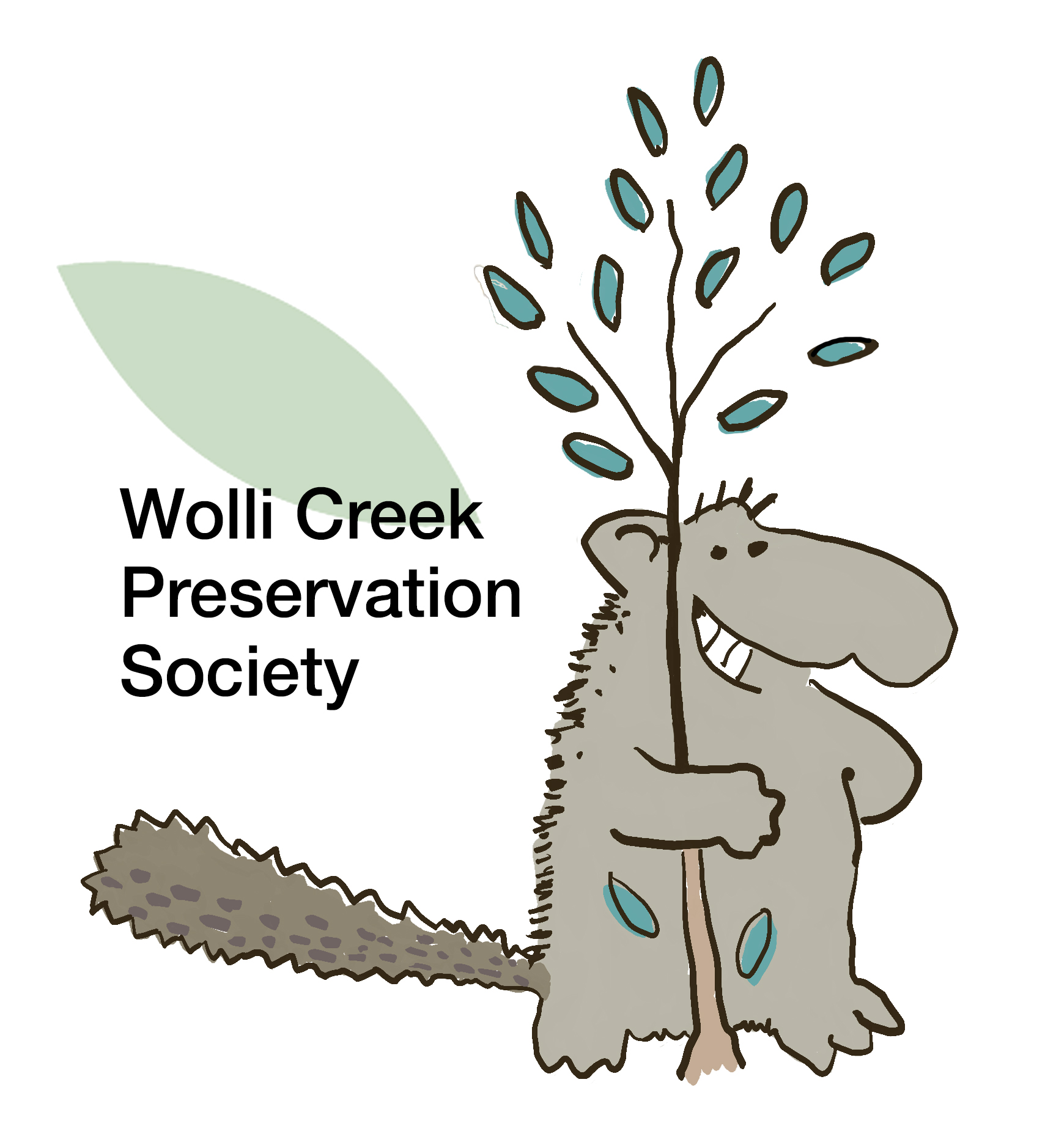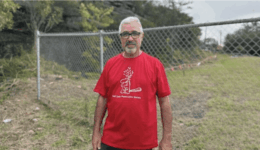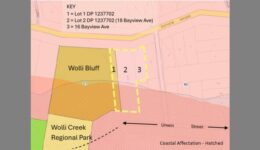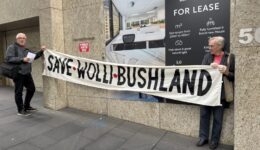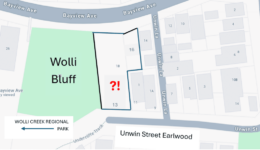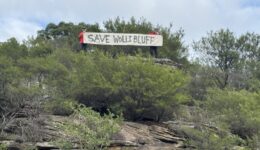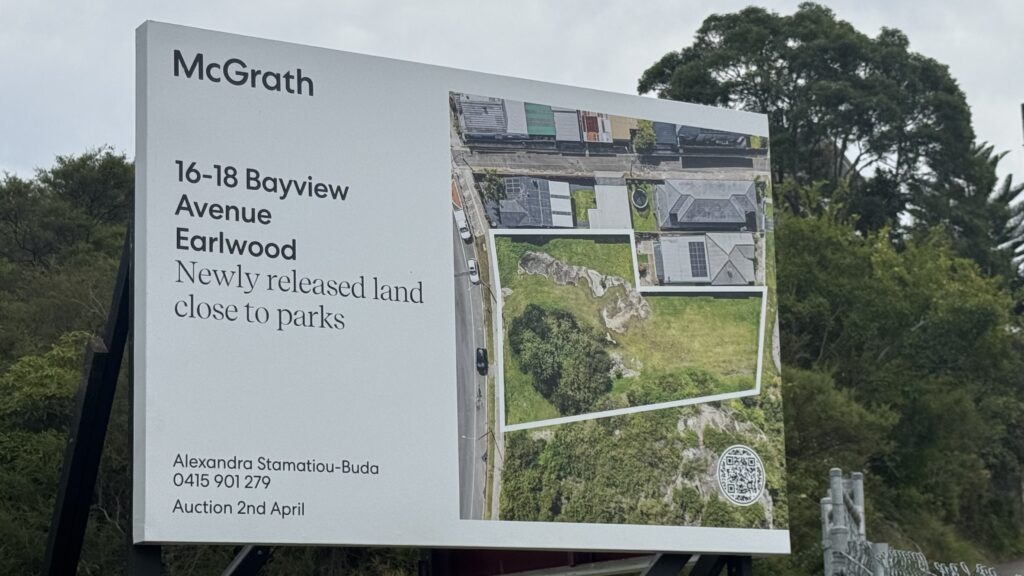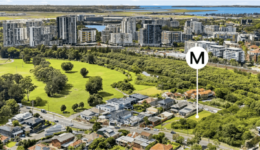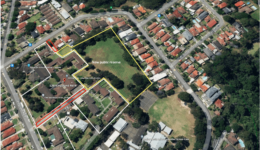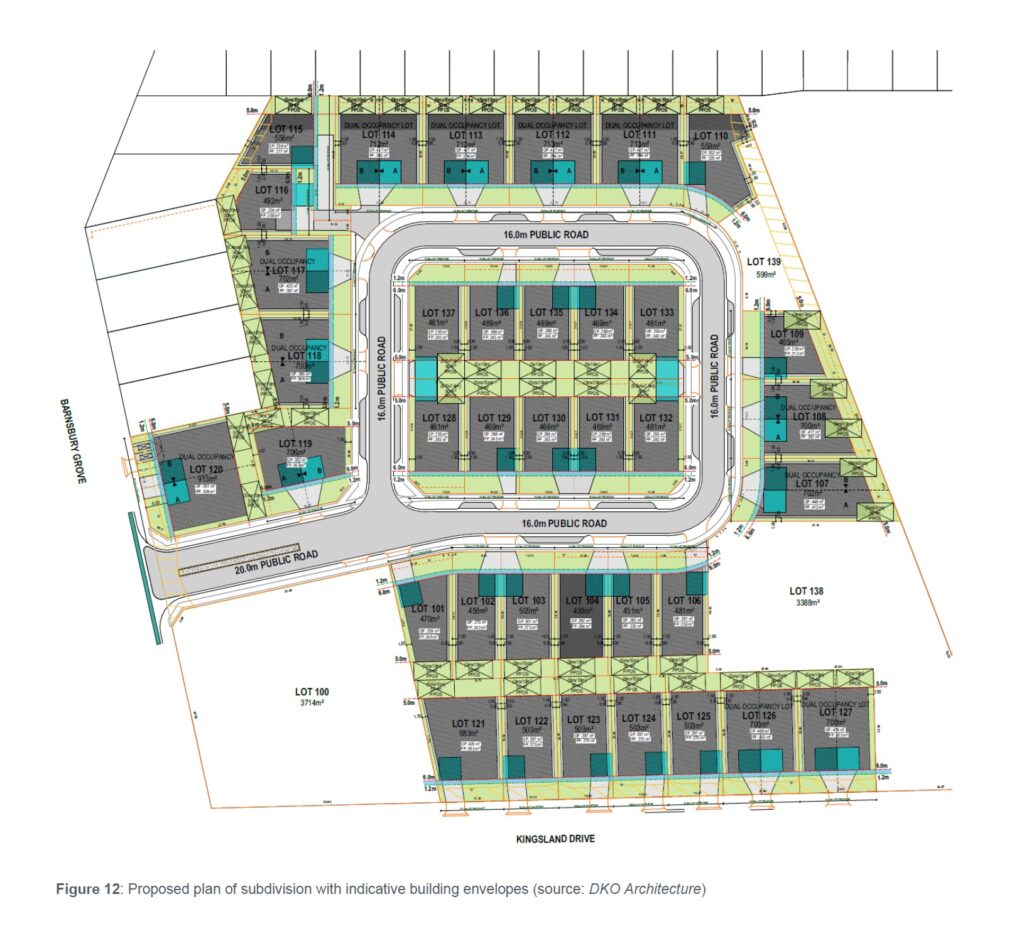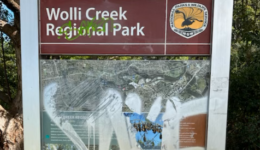WOLLI BLUFF BLOCKS SALE FAILS – NEXT STEP
Earlier this year the NSW government suddenly sold off land next to Wolli Bluff without consulting or even informing the community. The local community and NSW National Parks and Wildlife Service had long expected these two blocks to be added to the Wolli Creek Regional Park.
Two months ago, the buyer withdrew from the sale after realising that the land is unsuitable for residential development. However, the government is again trying to sell off this publicly owned green space for development.
What you can do:
Messages to Premier Minns are again our best chance to save the land at Wolli Bluff. Even if you left a message in March or April, please do so again.
Ask the Premier to immediately withdraw the sale of bushland at Wolli Bluff (16-18 Bayview Avenue Earlwood).
- Phone Premier Minns’ office and leave a clear, polite message on (02) 7225 6000. You will be asked for your name and phone number.
- Contact Premier Minns using his webform
https://www.nsw.gov.au/nsw-government/premier-of-nsw/contact-premier
- Email the Premier at electorateoffice.kogarah@parliament.nsw.gov.au
- Copy your email to local MP Sophie Cotsis at canterbury@parliament.nsw.gov.au
- Copy your email to your local member (if it’s not Chris Minns or Sophie Cotsis).
Here are some suggestions of what to include in your message.
- Ask Premier Chris Minns to stand by what said at Turrella Reserve on 8 March 2024: “If we’re going to build houses, particularly closer to the CBD, we need to preserve and protect as much green space as we possibly can. … We can’t just build houses; we have to build world class beautiful parks, and that means preserving every bit of green space that we can possibly get our hands on.”
- The blocks are part of the proposed green corridor connecting Wolli Creek Regional Park to the Cooks River parklands.
- The land is unsuitable for residential development. The blocks are in a bushfire-prone area. They have no access to the sewer line, they lie on a solid rock platform, and one is in an environmentally sensitive Coastal Zone which (according to Canterbury Bankstown City Council) would “heavily constrain” any development there.
- The sale will do little to address the housing shortage, especially considering height limitations to one storey.
- The government should not sell off public land without community consultation.
- The land should be added to the Wolli Creek Regional Park for use by the whole community.
- Once the blocks are sold, the bushland is lost for future generations.
- Wolli Bluff is a majestic sandstone outcrop and local landmark, and a fitting gateway to the Regional Park.
- Tell the Premier why you value the Wolli Creek bushland, and how you use it.
